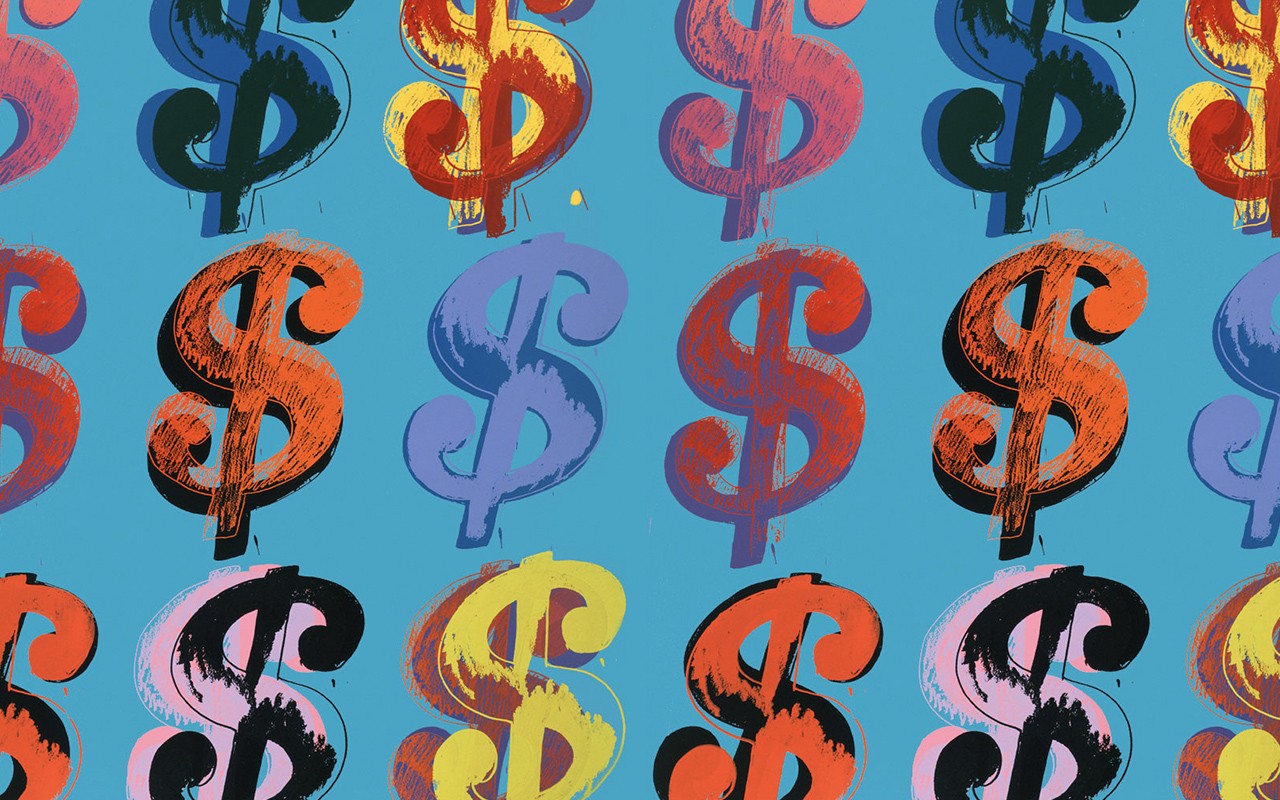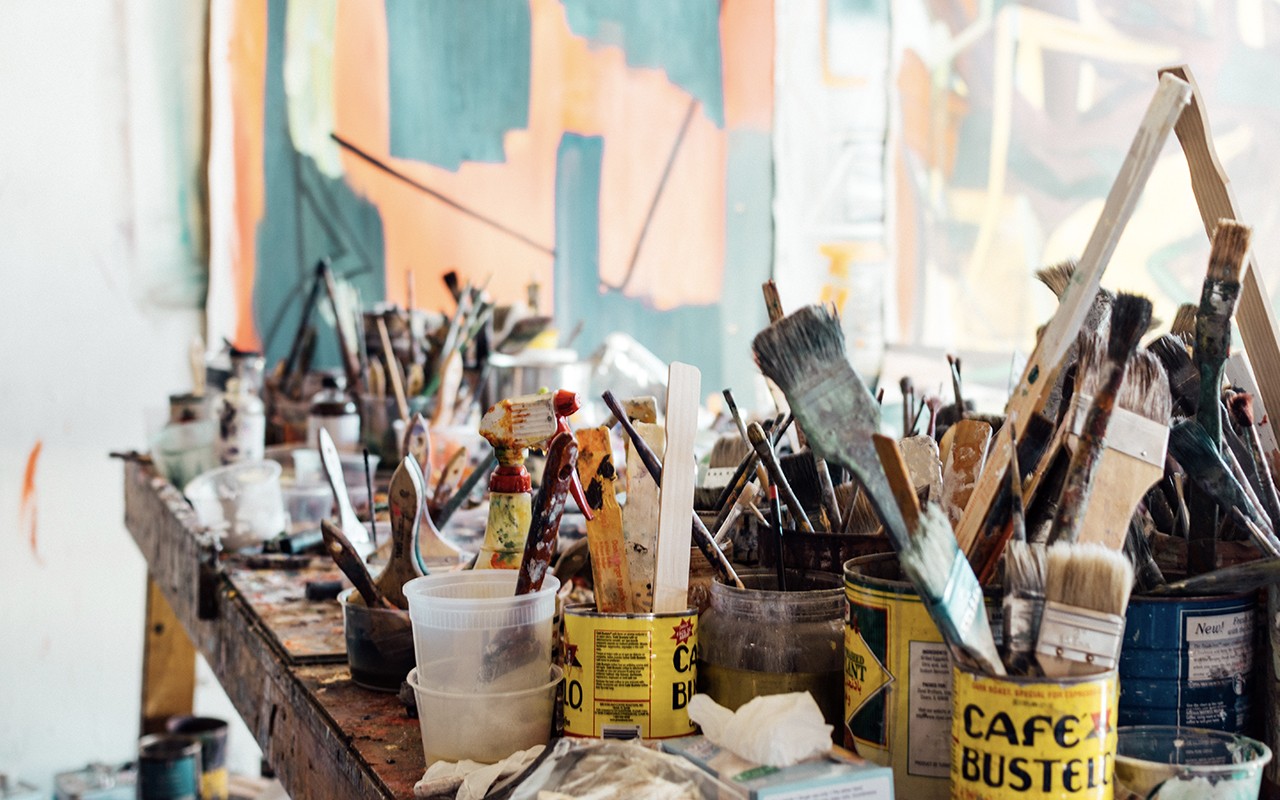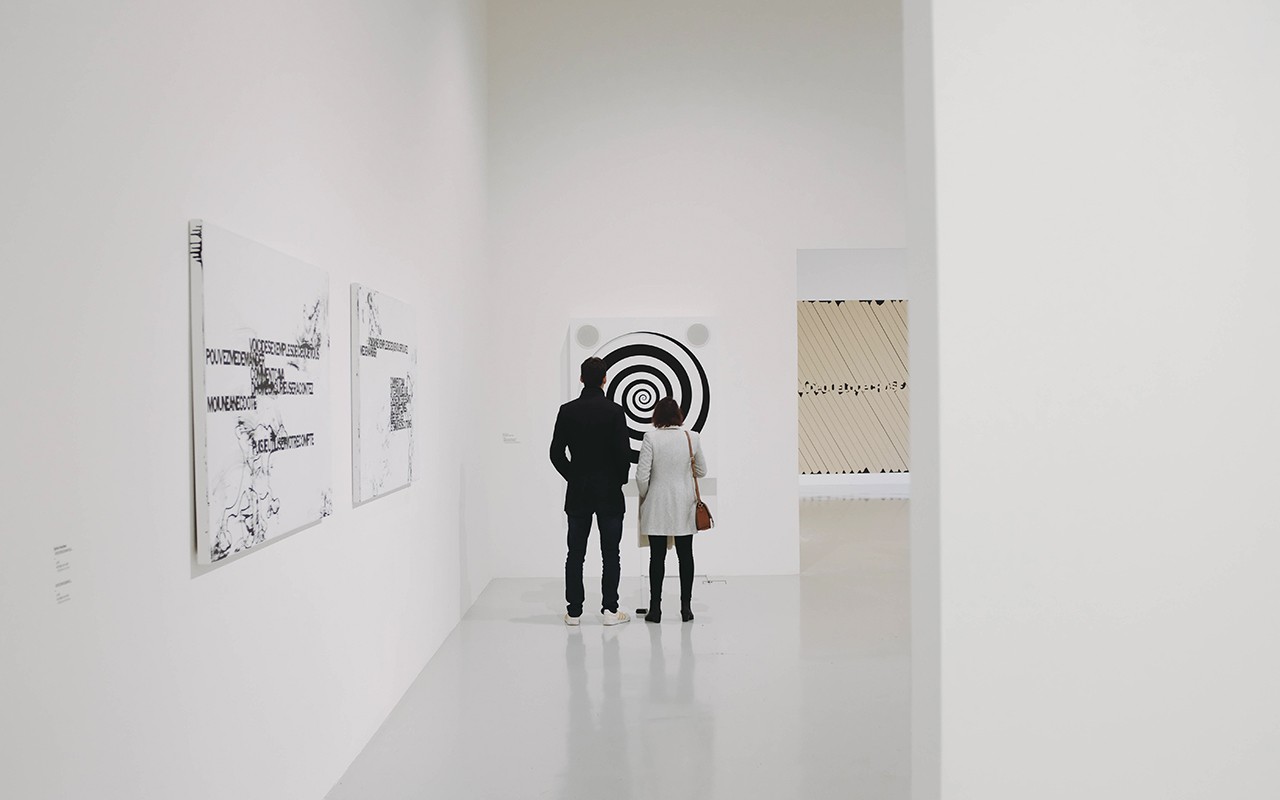There is something about art buying that intimidates new collectors. We can't blame you for this is a world where little literature speaks about the rules of the game. There is nothing more daunting than entering a gallery and not knowing what to do first. Let us walk you through the art buying process and tell you about all the unspoken rules you should know when buying art.
Visiting a Gallery
When you go inside a gallery, there's a lot of chances that a dealer will come up to you to assist you as you look around. If you don't appreciate this, let them know nicely with a smile saying, "I'm just here to look around." Dealers would like it more if you're honest with them and a smile will earn you one right back. If you want a photo of the works, ask them for permission if you could. While a lot of galleries allow it, a little permission wouldn't hurt. Unless you're dealing with anything vintage or historical, the answer should always be a yes.
Curiosity is key. The more curious you are, the more the dealer would appreciate your presence in the gallery. There are a lot of questions you can ask to get you started with a conversation. You can ask them about its theme or if it's a part of an ongoing show, ask about the show itself. Knowing about the artist may not be a bad thing too. If the work you're interested in is not available, they may have other works of them available in the backroom. Same with its medium or aesthetic value. If you're into hyperrealism or surrealism, they might have other works you could be interested in. The conversation should go from there.
With all these, please, don't ever fake it. Within the walls of a gallery, not every person there who comes to see the works know a lot about the works and just like you there are other people who are curious. Don't ever let pretentions get in your way just because you believe it will make you look cooler in the eyes of the dealer. Be real with them and ask them all you feel like asking and you'll realize, the more you ask, the more you'll learn and all the more you'll forget about faking it because sooner or later, you'll be just as well-versed as the people who run the place themselves if not more.
Viewing or Studio Visits
If you are interested in a piece, you can always ask your dealer for a private viewing. You can have them bring it to your house where you can check if the piece or pieces actually look nice with your interiors or the other pieces in your collection if you already established it. If this is not possible, the dealer may also invite you to come over to the gallery to see the pieces for yourself especially if you're inquiring about backroom pieces. Give them ample time to prepare the piece for you.
If you're not the type to go to galleries, you can always ask an artist if they're open to studio visits. If they are, you're in luck. Not a lot of artists are open to letting people into their workspace. With studio visits, you can inquire more about their process and personally see how they work. If they do allow you to come and visit, it's basic courtesy to be on time and bring along a studio warming gift if you can. They'd appreciate it a lot more than you think they would. It's also important to ask permission whether or not you can take a photo of anything in or out of the studio or if you can post them on your social media accounts. And while we're at it, don't make offers to the artist that you know could damage your relationship with them or their relationship with their home galleries. Any decent artist would know how to refer you to the gallery where their works are consigned under or their home galleries. Don't think you'll get a bigger discount if you purchase directly from the artist. It's not worth a stain on your name or reputation as a collector.

Reservations
Reservation is a bit tricky as a lot of galleries have different terms for it. It is always best to ask the dealer what their terms for reservation are. If you've reserved an item and changed your mind about it, for whatever reason it may be, tell your dealer about it. Don't keep a reservation on hold for more than 48 hours. Buying art is not a game of tug of war. If you don't think you can buy an artwork even after a reservation, notify your dealer about it as soon as possible. Not doing so will hurt your reputation as a collector.
Pricing Talks and Payment
So you've reserved an artwork and are willing to actually dish out your hard-earned money for it. Asking about the price should always come last when asking about a piece. It's where all conversations are going to end up. But be patient and don't rush leading the conversation to that part. You don't have to do this immediately but keep in mind that there are many ways to make a purchase than just blowing off your whole budget in one go. Ask for payment terms and discounts. A lot of galleries offer various payment plans that may be suitable for your budget. Who knows, the money you have on hand could afford you more than just one work, depending on the payment term you acquire.
Discounts, on the other hand, is a pretty touchy subject. After building a relationship with your art dealer, asking for a discount shouldn't come as hard and the best place to start is at 5 to 10%. You can ask if they can offer more but this is a bit touchy. If they offered you such a huge discount—say 20% to 30%—better ask your dealer why the gallery is so desperate to get rid of the artwork.
Speaking of payment terms, it's quite a running term for any business at all but you should always remember: cash is king. Galleries would appreciate cash a lot and your budget might, too. There's a higher chance for you to get a discount if you're to pay in cash. Of course, there's check but it's different. Credit card transactions cost galleries some transaction fees that may alter the price of the artwork so think twice about going for this payment method.
In Keeping Relationships
You may have gone through most of the process except the purchasing part. There's nothing to feel bad about because after all, spending time knowing about the works will make it easier for your future transactions to be. Much we let conversations like these go after a few days, art dealers appreciate it when clients keep a tight-knit relationship with them.
If you really believe in the artist and their works, a way to help them sans monetary values involved will be through sharing. It's not very hard to share your honest opinions and thoughts about an artist and what better way to do it than through social media. You will be surprised how much a post can do for an artist.
The Golden Rule
Last but never the least—and we could not stress it enough—be polite. All these unspoken rules all boil down to being nice and well-mannered. Galleries and artists always have your best interest in mind as much you'd keep their best interest in yours. It's a give-and-take situation, just like any relationship we are in. Remember that all these connections you make now can be of help to you tomorrow when you start building your collection. There are many things we tend to forget when we're really into something and we end up doing or saying things that may offend someone. Keeping yourself in check even in the most exciting situations like making your first purchase will go a long way for you as a collector.


